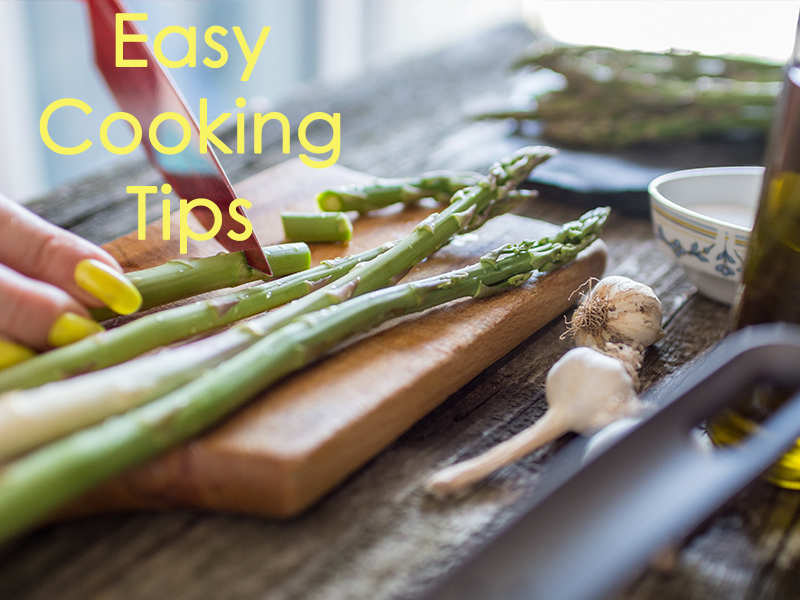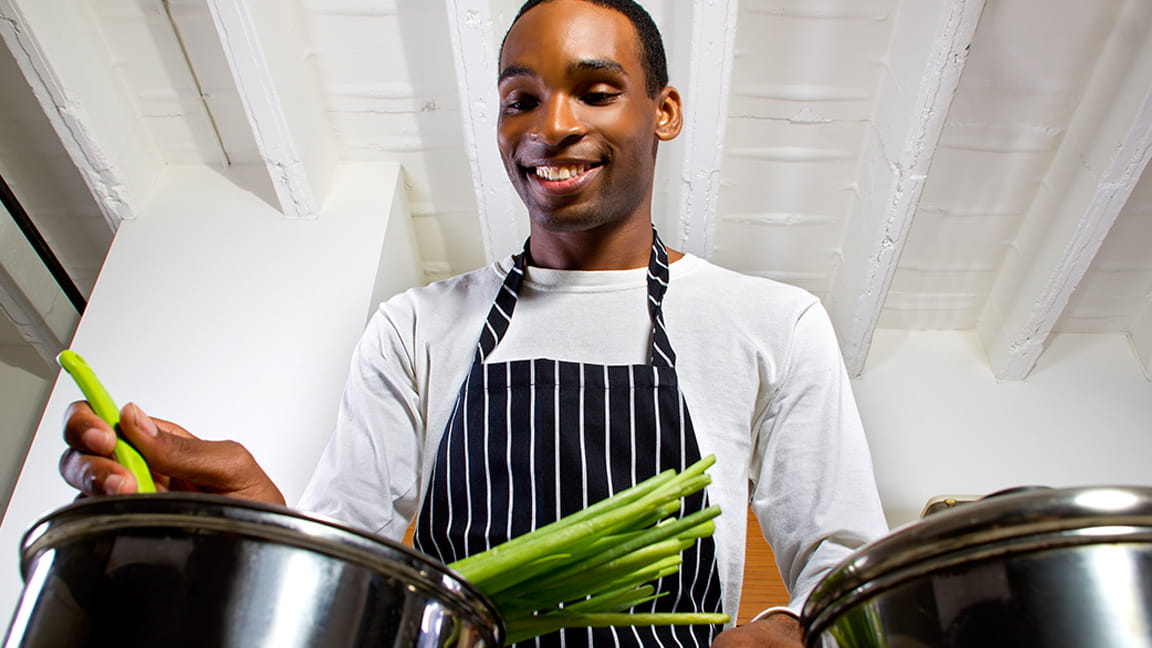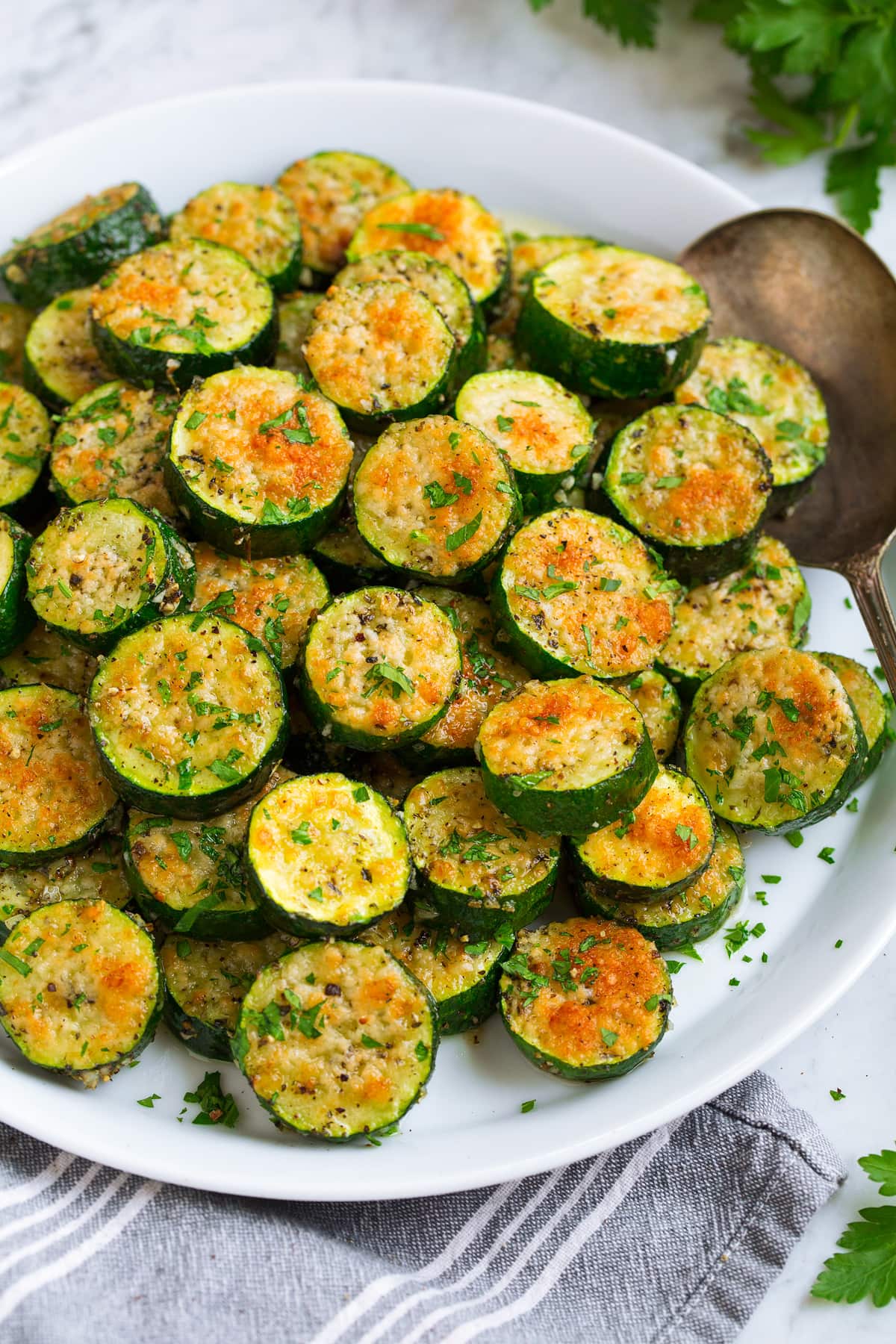
If you love to cook, you've probably tried to pick up advanced cooking techniques. French and Chinese techniques are familiar to you. But how about Japanese and Chinese methods? It's important to know the best techniques for poaching and steaming. Continue reading to find out how these methods work, and why you should learn them. These techniques can be applied to everyday cooking. And don't forget to keep an eye out for cookbooks that explain these cooking methods in detail.
French cooking techniques
French cooking has its roots in traditional techniques. French chefs have been known for their ability to arrange everything and cook it slowly at low temperatures. Confit is a method of slow cooking various foods in fat at low heat. The same goes for sauces. Flambeing is usually used for desserts. However it is possible to pour the alcohol into the food while it cooks to give it its flavor.
Chinese cooking techniques
You can make Chinese food more delicious by using complex techniques. Stir-frying is a technique that involves heating oil in a wok. The food is stirred quickly and thoroughly until it reaches the desired texture and flavor. This is the easiest method and works well with small ingredients such as noodles and vegetables. Stir-frying is not the only method used in Chinese cuisine to produce different results.

French method for steaming
Steaming is a cooking technique that circulates hot air around food. This allows for the preservation of all its nutrients and prevents it from becoming too fat. Steam is gentler than boiling water and is great for delicate foods. The steam method allows for fast cooking and preserves nutrients as well as natural color. This technique can make the cooking of fruits and vegetables a pleasure, as it has been well-known by the French.
Japanese technique of poaching
The Japanese have perfected poaching, a technique that slow cooks fish. This involves sealing food in a plastic bag, and slow cooking at low heat. This creates uniform texture and removes all aromatics. Here are the Japanese ways to poach salmon.
Vietnamese technique of boiling
A traditional Vietnamese method of boiling rice is simple and highly effective. This method involves steaming food in bamboo or metal plates. This method preserves nutrients and does not use oil. It can be used to cook seafood and sticky rice. It is especially useful for developing countries' most vulnerable populations, who are dependent on poor water supply. There are however some precautions you should take.

FAQ
How do I get hired as chef?
First, you need to earn a culinary arts diploma in order to get a job working as a chef. Next, join a professional organisation such as ACF. This association offers certification exams as well as networking opportunities.
How Can I Get Hired As a Cook?
Word of mouth can help you get a job as an experienced cook. You might be able to find out about a restaurant looking for additional staff through your family and friends. Also, restaurants often advertise openings on bulletin boards and websites.
Are you able to cook by yourself?
Self-taught cooking is possible! It is something everyone enjoys, regardless of their level of cooking ability. Start cooking at home if you want to learn how to cook. Start small, such as making pancakes for breakfast and spaghetti sauce at dinner. It is important to experiment with new recipes to learn how to cook. You might make a few errors along the way.
It takes anywhere from several hours to several weeks to learn how to cook, depending on your skill level. It's important to remember that cooking isn't just about following recipes. There are so many ways to prepare food.
How long does it take for you to learn to cook? How long will it take me to learn how?
It depends on your level of skill. Some people can master basic cooking techniques in a matter days. Others may take several months or longer to feel competent enough to teach themselves how they cook.
The time it takes to learn how to cook will vary depending on who you are. For example, someone who has never cooked before would probably need more time than someone who cooks regularly. Different types of cooking require different amounts of experience. Baking requires more knowledge than frying.
Focusing on a particular technique is the best way to speed up your cooking skills. Once you've mastered that technique, move on to another one. You shouldn't stress about how long it takes to learn how cook. Keep practicing and having fun with the whole process.
Do I have to buy ingredients in order to cook?
You don't necessarily need to buy any ingredients. Many grocery stores have premade sauces and other products that you can substitute for. Pre-made meals are a great way to save money.
Statistics
- You'll be amazed that over 90% of CIA students receive scholarships and grants to finish their culinary studies. (ischoolconnect.com)
- The median pay for a chef or head cook is $53,380 per year or $25.66/hour, according to the U.S. Bureau of Labor Statistics (BLS). (learnhowtobecome.org)
- under 10 Kids have been taught that there is special food just for them, and Fiese says that 10 percent of kids will throw a tantrum if they don't get the food they want. (washingtonpost.com)
External Links
How To
How to make a perfect omelet
Omelets are a favorite breakfast food of mine. But how do you make them perfectly? There are many recipes and methods I tried, but none worked. So I wanted to share some tips and tricks so that you can make delicious, fluffy omelets every morn.
When making omelets, it is important to be aware that eggs can be temperamental. It is important that eggs are fresh from an organic market and kept cool until used. If you don't keep them cold enough, the whites won't form properly, and the yolks will break down too much and become runny. This causes your omelets to look oddly colored. If you want to make omelets right away, it's best not to use eggs that are too cold.
Another tip is to separate the egg before adding it to the pan. You don't want any white to get mixed up with the yolk because this could cause the omelet to curdle.
The bottom part of an egg that is added directly to the stovetop might be burned, which could cause a ruined texture in your omelet. Instead, microwave the egg for 10 seconds before adding it to the pan. The microwave heat cooks your egg just right, without it becoming too soft.
Next, let's discuss mixing the eggs. Mixing eggs together is important. You need to beat them well. You can do this by turning the bowl of your mixer upside down. Now shake the bowl vigorously. This way, the air inside the bowl gets whipped around and mixes the egg thoroughly.
The fun part begins - you need to pour the milk into your mixture. Fold the eggs in the milk mixture by first pouring half of it into the egg whites. Don't worry if there are still streaks of egg visible; these streaks will disappear once you flip the omelet.
After you have folded the eggs, heat the oil in a pan over medium heat. Once the oil has started to sizzle, turn the heat down to low. Add 1/4 cup butter to the oil and swirl it around to coat all sides of the pan. Carefully open the pan's lid and add salt to the pan. A pinch of salt will prevent your omelet from sticking in the pan.
Once the omelet has formed completely, cover the pan and let it set for a few minutes. Flip the omelet with a spatula, or flip it upside down. Cook the other side for about a minute. Serve the omelet immediately by removing it from the pan.
This recipe is best made with whole milk. However, it can also be used with skimmed milk.